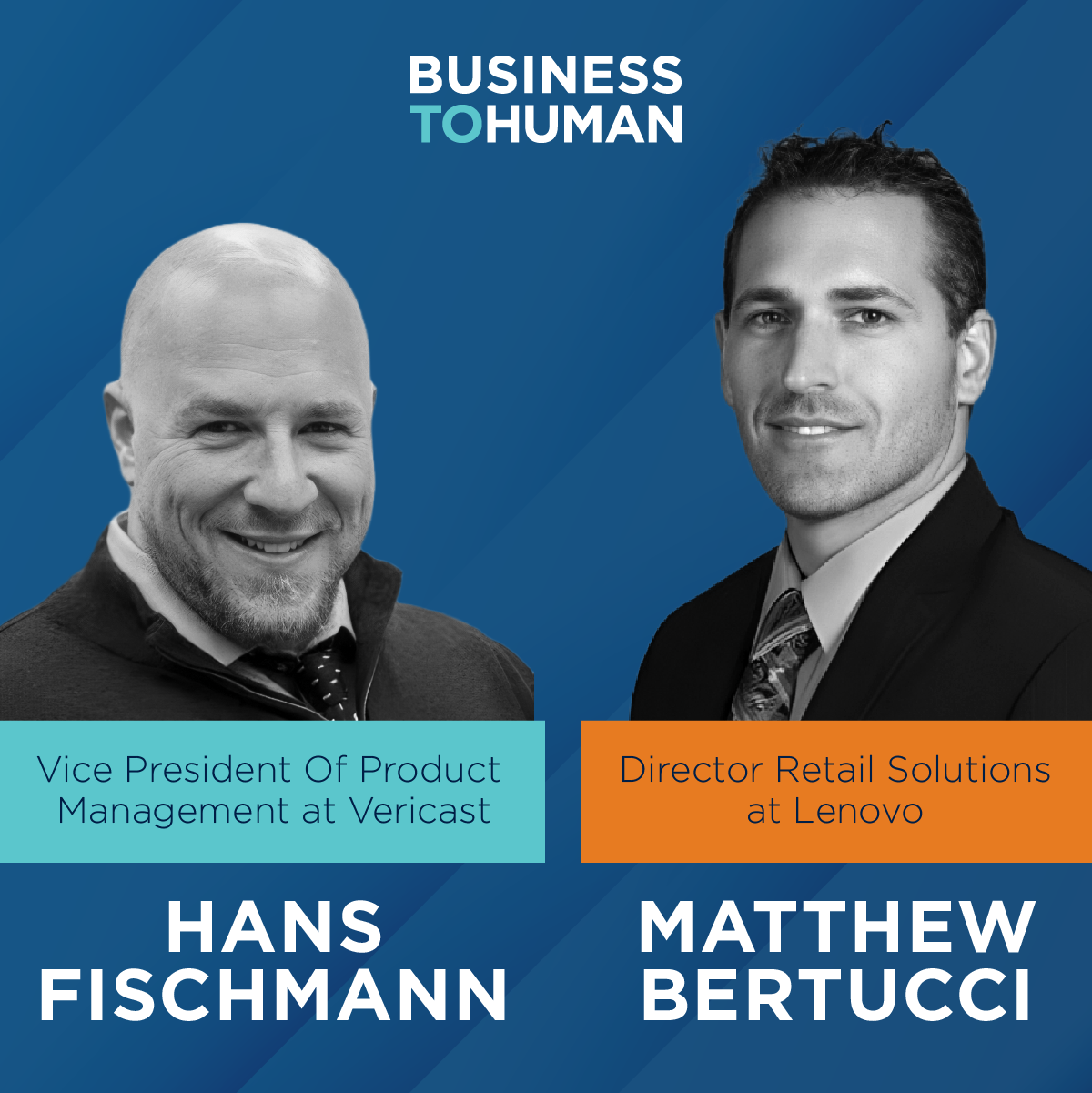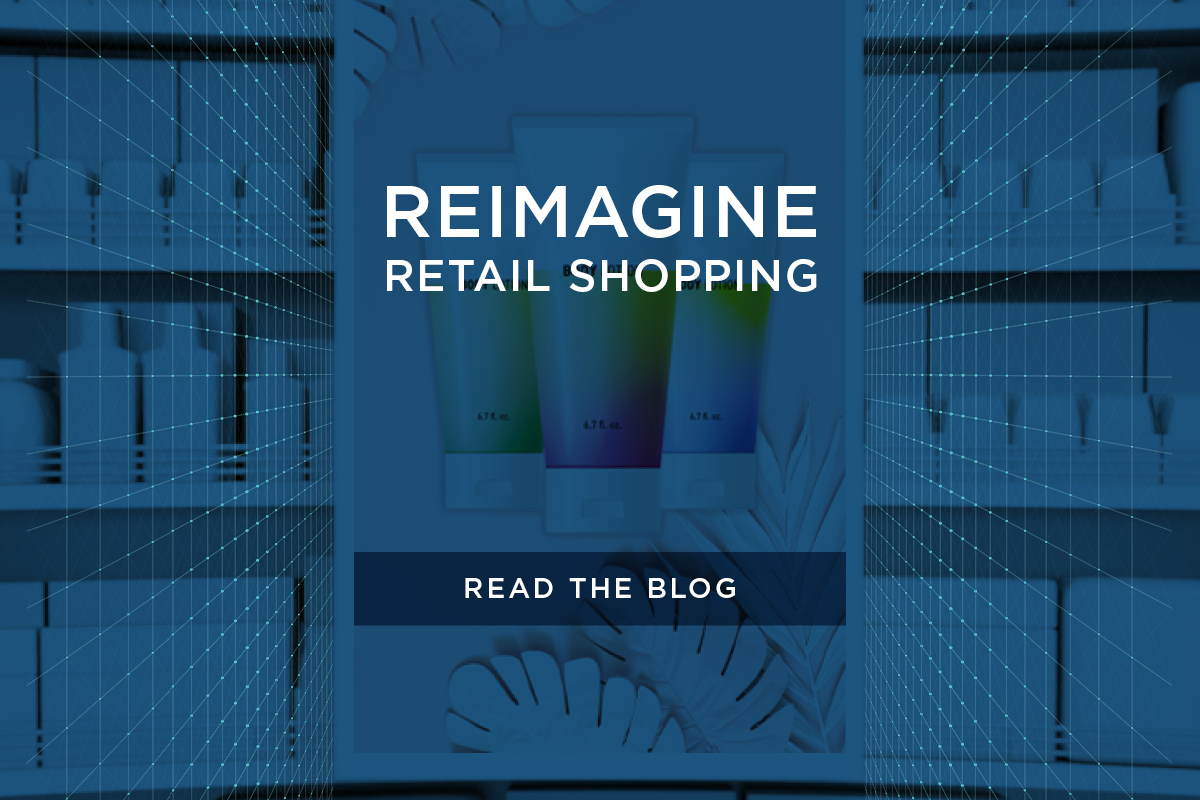Summary
- When COVID-19 forced the world to slam its brakes last year, everything seemed to fall out of place.
- Employment, education, and what we knew as our normal daily routines immediately and dramatically changed.
- To be successful in these uncertain times, brands need to be nimble — steadfast in their strategies and goals but open to taking various paths and leveraging flexible tactics to identify and react to dynamic consumer needs.
Seemingly overnight, consumer behaviors began to shift. Some behaviors remained the same, many others intensified, and a few new behaviors emerged as consumers tried to figure out what the new normal would be. They turned to alternative options for meeting everyday needs in response to stay-at-home orders, product shortages, and general concerns about going out into the world.
In turn, marketers had to pivot quickly to meet these needs and remain top of mind. Loyalty was a hard concept to define before the pandemic. With the consumer landscape becoming more fluid every day, loyalty has evolved with it. Brands have been forced to adjust in real time to get on the same page as their customers and remain relevant.
With the dust starting to settle, brands can finally reset and realign with current customer expectations to make the most of the opportunities ahead. To be successful in these uncertain times, brands need to be nimble — steadfast in their strategies and goals but open to taking various paths and leveraging flexible tactics to identify and react to dynamic consumer needs.
Brand Be Nimble, Brand Be Quick
Nimble marketing in today’s world comes down to a simple word: dynamic. To be nimble is to be able to react to a dynamic marketplace that is always in flux and can flip on its head in an instant due to any number of factors — like a pandemic, for instance.
But what does it really take to keep your strategy reset nimble?
A focus on these three elements:
1. Dynamic Data
A 2020 study we conducted during the pandemic found that 89% of consumers appreciate brands that go out of their way to deliver relevant and timely information. As the landscape continues to evolve by the day (and sometimes hour), nothing gets accomplished by remaining static. To ground your brand in a nimble marketing mindset, use data to guide your consumer engagement.
Due in no small part to the pandemic, your old approach to consumer data doesn’t necessarily apply. It might need an update, but it’s less about getting new data or making some big changes that you can then set and forget. In this dynamic environment, data can be outdated the moment you start analyzing it.
Instead, you’ll want to rethink the idea of data. Stop looking at datasets and start considering a data flow, which should allow you to analyze real-time information about who your consumers are, what they’re in the market for, and how to best reach them.
When you reset strategy to improve consumer engagement activities, you need to find ways to solidify your in-the-moment understanding of customers. Real-time consumer insights certainly helped brands track the ebb and flow in shopping behaviors influenced by macro (e.g., COVID-19 numbers, unemployment, etc.) and hyperlocal issues (e.g., stay-at-home orders, return-to-school decisions, etc.). With most consumers trying to limit physical shopping trips, hyperlocal data has become a critical building block for nimble marketing tactics. Even when bouncing from interest to intent, shopping has evolved into a localized experience.
2. Dynamic Insights
Data is only as good as what you do with it. It’s essential to think about how people shop and interact now to derive actionable real-time consumer insights from data.
For example, people are less likely to browse store aisles or discuss everyday topics at the watercooler than they were before the pandemic. That means there are fewer opportunities for traditional serendipitous discovery and word-of-mouth marketing. As a result, you may need to rely on other tactics to increase brand awareness and encourage consumers to buy.
This is where dynamically interpreting consumer signals become very important.
Currently, 31% of consumers are looking forward to getting their mail each day, and most of those people hope to find deals when they get there. If you’re not thinking about slipping a coupon or promotion into mailboxes, you’re missing out on a perfect opportunity to enhance your consumer engagement strategies (and with a more receptive audience).
In fact, our research found that 76% of consumers enjoy discovering new products based on deals received from brands. Including a mailer in your consumer engagement model may be a good choice. If that’s not right for your brand, you might want to focus on nimble digital marketing to drive consumers to your e-commerce space — or emphasize the precautions your store is taking to keep shoppers safe.
3. Dynamic Execution
With nimble marketing, you need the processes in place to make everything happen dynamically — just like your data and insights. This step can be the most challenging at the moment because of the uncharted territory brands find themselves in. But it also relates the most to marketing itself, as you try to strike a balance between timing, tactics, and tone.
- Timing considers what your consumers are interested in, what they have intent to purchase, and where they physically go at different times of the day. Digital media, particularly supported by machine learning, enable this sort of real-time dynamic media.
- Dynamically reading and interpreting consumer signals should give you a sense of what the best tactics are for any given consumer at any given time. You need to be able to execute dynamically across channels and platforms to get your message out, mixing in appropriate parts of direct mail, social media, digital, mobile, and connected TV.
- The message should also be dynamic. It is just as important to be intentional about matching your message as you are about connecting to your audience with the right media. What promotion would be most relevant to your target customer? Will it be enough to encourage consumers to act? Like anything in marketing, you may need to experiment with various iterations to arrive at the right mix to make the most impact.
Consumer behavior is in flux, so it’s a great time to reset your marketing strategy accordingly. Take a hard look at where your consumers are and what they’re responding to, developing a nimble approach that uses real-time consumer insights to react to shifting consumer preferences.
Are you wondering where consumer traction is greatest right now? Read our blog post, “Direct Mail Is Having a Moment — Seize It,” to learn why your nimble marketing methods should incorporate it.



